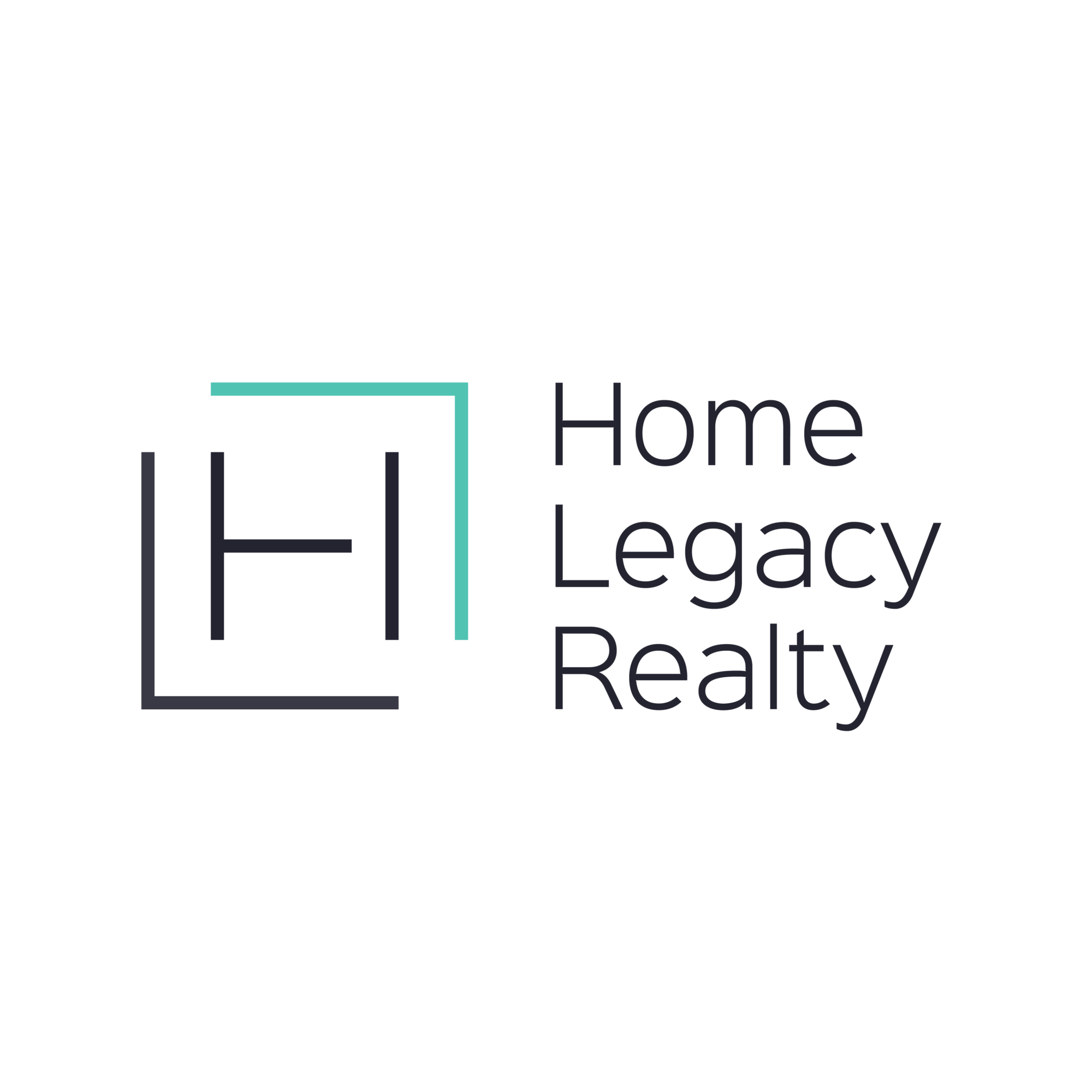In recent years, the landscape of work has undergone a transformative shift, with remote work becoming a prominent feature of the professional world. This change has not only altered our daily work routines but has also significantly influenced where and how we choose to live. The key phrase guiding our exploration today is “remote work trends.” Let’s delve into the ways in which these trends are shaping people’s preferences for home locations and features.
Embracing Flexibility in Home Location
One of the most apparent impacts of the rise in remote work is the newfound flexibility in choosing a home location. No longer bound by the constraints of a daily commute to the office, individuals are free to explore living in areas that were once deemed impractical. The keyword here is “flexibility.” This newfound freedom has sparked a trend of individuals opting for homes in suburban or rural settings, seeking a more serene and spacious environment.

Suburban Resurgence: A Quest for Tranquility
With remote work eliminating the need to live in close proximity to urban centers, there’s been a resurgence in suburban living. Families and professionals alike are drawn to the tranquility and open spaces that suburban areas offer. The keyword “resurgence” encapsulates this shift, highlighting the return of interest in suburban neighborhoods that provide a reprieve from the hustle and bustle of city life.
Redefining Home Features for Remote Work
As remote work becomes a long-term reality for many, the features individuals seek in a home have evolved. The keyword “evolved” is crucial here, signifying the dynamic nature of these changes. Home offices have become a top priority, with many homebuyers actively looking for dedicated spaces that facilitate productivity. The traditional notion of a commute to work has transformed into a walk down the hall to a personalized workspace.
Outdoor Amenities: A Breath of Fresh Air
Remote work has also sparked a growing appreciation for outdoor amenities. The keyword “appreciation” captures this sentiment, highlighting the newfound value placed on spaces such as gardens, balconies, or nearby parks. With more time spent at home, individuals are seeking environments that promote well-being, and outdoor spaces provide a breath of fresh air—both metaphorically and literally.

Technological Infrastructure: The Backbone of Remote Living
A seamless remote work experience is contingent on robust technological infrastructure. The keyword “seamless” is key here, emphasizing the importance of a reliable internet connection and advanced communication tools. Homebuyers are now considering the availability of high-speed internet and efficient home office setups as essential criteria when selecting a residence.
A Holistic Approach to Remote Living
In embracing remote work, individuals are adopting a holistic approach to their living spaces. Beyond the physical aspects of a home, there’s a growing emphasis on community and local amenities. The keyword “holistic” encapsulates this trend, illustrating the desire for a well-rounded living experience that goes beyond the confines of one’s home.
Conclusion: Remote Work as a Catalyst for Change
In conclusion, the impact of remote work on housing choices goes beyond the immediate shift in location preferences. It is a catalyst for a broader transformation in how we perceive and utilize our living spaces. The keyword “catalyst” aptly describes the role remote work plays in steering us towards a more flexible, balanced, and technologically driven lifestyle. As we continue to navigate this evolving landscape, it’s evident that our homes are no longer just living spaces but integral components of a remote and dynamic work-life equilibrium.



